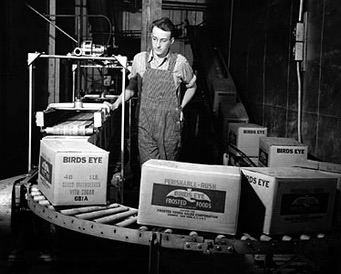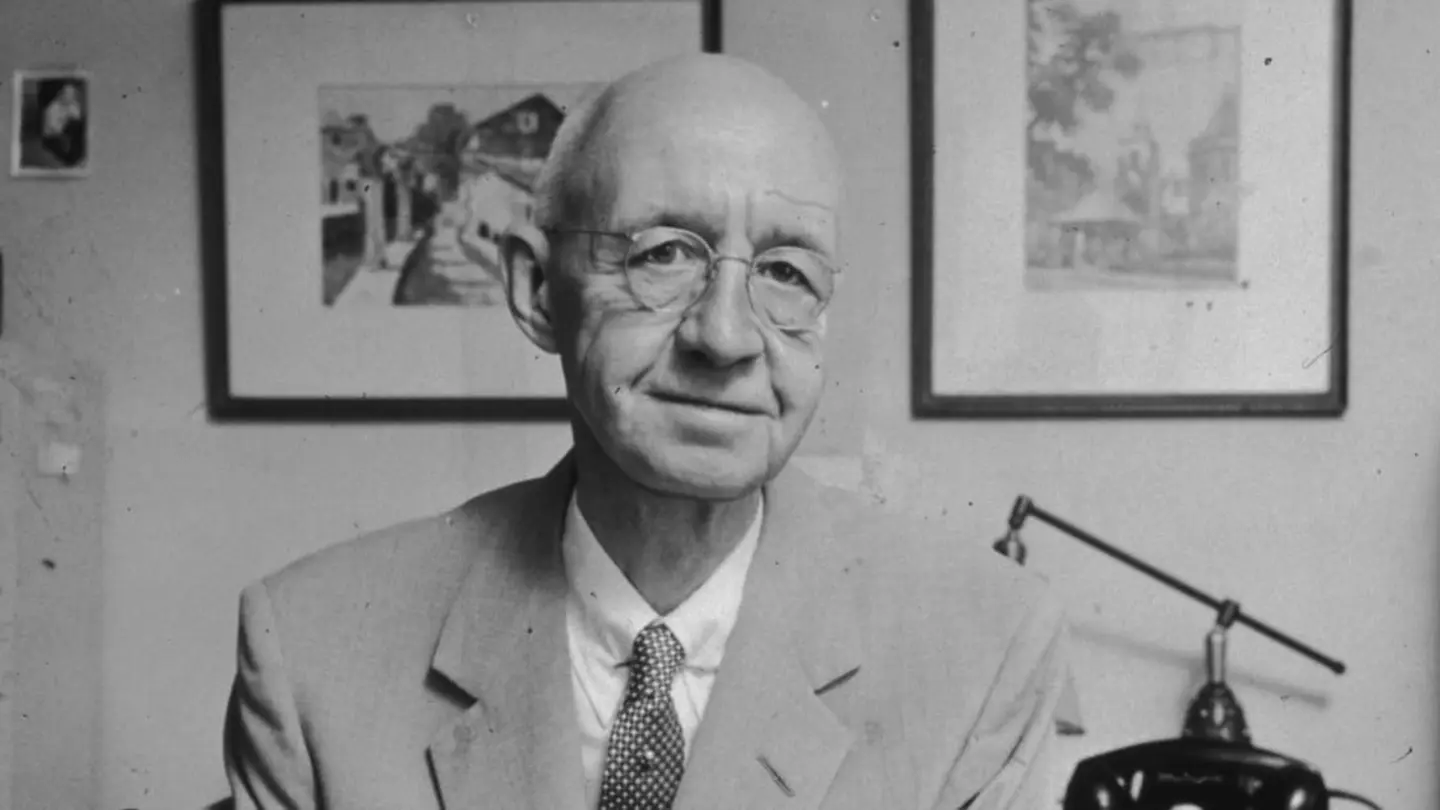The history of frozen food is closely tied to advancements in technology, transportation, and the evolution of consumer habits.
History of Frozen Food
1. Early Innovations (19th century):
• 1800s: The idea of preserving food by freezing emerged in the Arctic and high-altitude regions, where natural freezing methods were observed.

• 1860s: The first commercial efforts to freeze food were by American and European companies, primarily for fish and meat preservation.

• Clarence Birdseye: The breakthrough in frozen food technology came from Clarence Birdseye in the 1920s. Birdseye developed a technique for “quick-freezing,” which froze food at very low temperatures, retaining its texture and nutritional value better than slow-freezing methods.

2. Commercialization (1930s-1960s):
• 1929: Birdseye introduced his first line of frozen foods in 1930 in Springfield, Massachusetts. This included frozen vegetables, fruits, meat, and fish. His quick-freezing method revolutionized food preservation and became the foundation of the frozen food industry.
• Post-WWII Expansion: Frozen food became more accessible after WWII, as household freezers became common in the U.S. and Europe. Companies expanded their frozen product lines, and frozen dinners became popular in the 1950s.
3. Global Expansion (1970s-2000s):
• Frozen food’s popularity spread globally as refrigeration and cold chain logistics improved, allowing for frozen products to be distributed over long distances.
• 1980s and 1990s: The frozen food market expanded into convenience meals, such as ready-to-eat frozen dinners, vegetables, and pizzas, aligning with the growing demand for quick and easy meal options.
History of Frozen Food in India
1. Early Years:
• Frozen food was slow to catch on in India due to limited cold chain infrastructure and cultural preferences for fresh, home-cooked meals. Early adoption was seen mainly in urban areas with expatriate populations or where Western-style supermarkets were introduced.
• India primarily exported frozen seafood, vegetables, and fruits in the mid-20th century. The domestic market for frozen products remained small due to limited consumer demand and low penetration of refrigeration in homes.
2. Growth and Development (1990s-2010s):
• 1990s: With economic liberalization in 1991, multinational food companies began entering the Indian market, bringing more frozen food options. However, challenges in cold chain logistics and consumer preferences for fresh food continued to hamper growth.
• 2000s: As urbanization increased and the middle class grew, frozen food options expanded, including frozen vegetables, snacks, ready-to-eat meals, and meat products. Companies such as McCain, ITC, and Mother Dairy began popularizing frozen food, especially in metro cities.
3. Recent Trends (2010s-Present):
• Infrastructure Development: Significant investment in cold chain infrastructure has helped in expanding the frozen food market. This includes cold storage facilities, refrigerated transportation, and retail freezer displays.
• Changing Consumer Habits: In the 2010s, with an increase in dual-income households, urbanization, and exposure to global cuisines, frozen food gained wider acceptance. The convenience of frozen snacks like fries, samosas, parathas, and meats appealed to busy urban consumers.
• COVID-19 Pandemic: The frozen food market in India witnessed a further boost during the COVID-19 pandemic due to heightened demand for convenience foods and longer shelf-life products. Consumers shifted to frozen products as they reduced grocery store visits and sought easy-to-cook options.
Current Scenario and Future Prospects:
• The frozen food market in India is still in its growth phase, but it is expanding rapidly, driven by increasing urbanization, evolving consumer habits, and improvements in cold chain logistics.
• India’s frozen food sector, especially in the snack and ready-to-cook categories, is growing at an accelerated pace. Expansion into Tier 2 and Tier 3 cities is expected as cold chain infrastructure improves.
Overall, frozen food has become an essential part of the modern food industry, enabling the transportation and storage of perishable products while meeting growing consumer demand for convenience.

